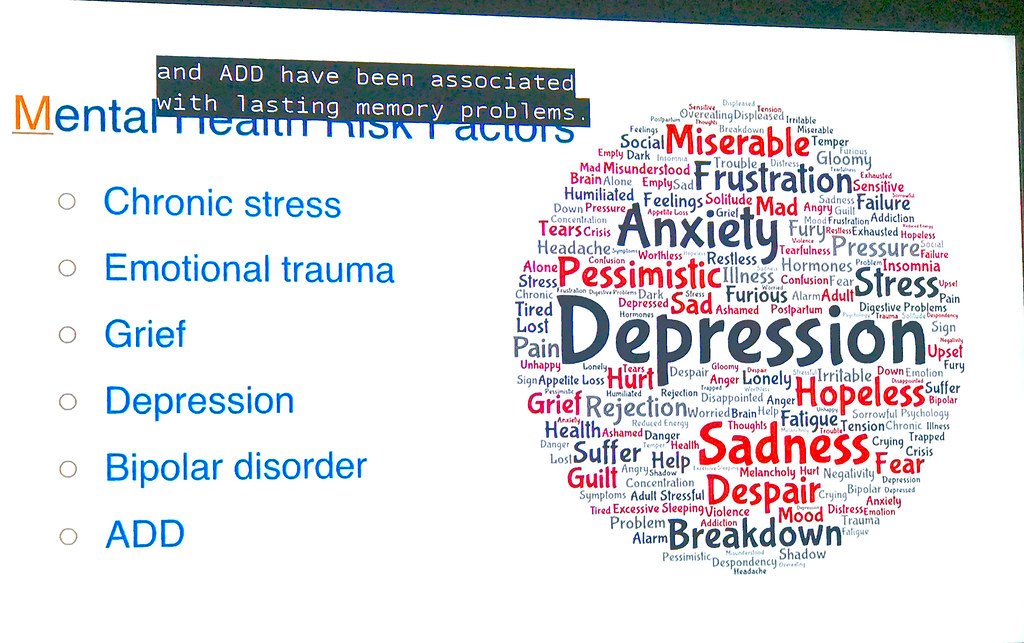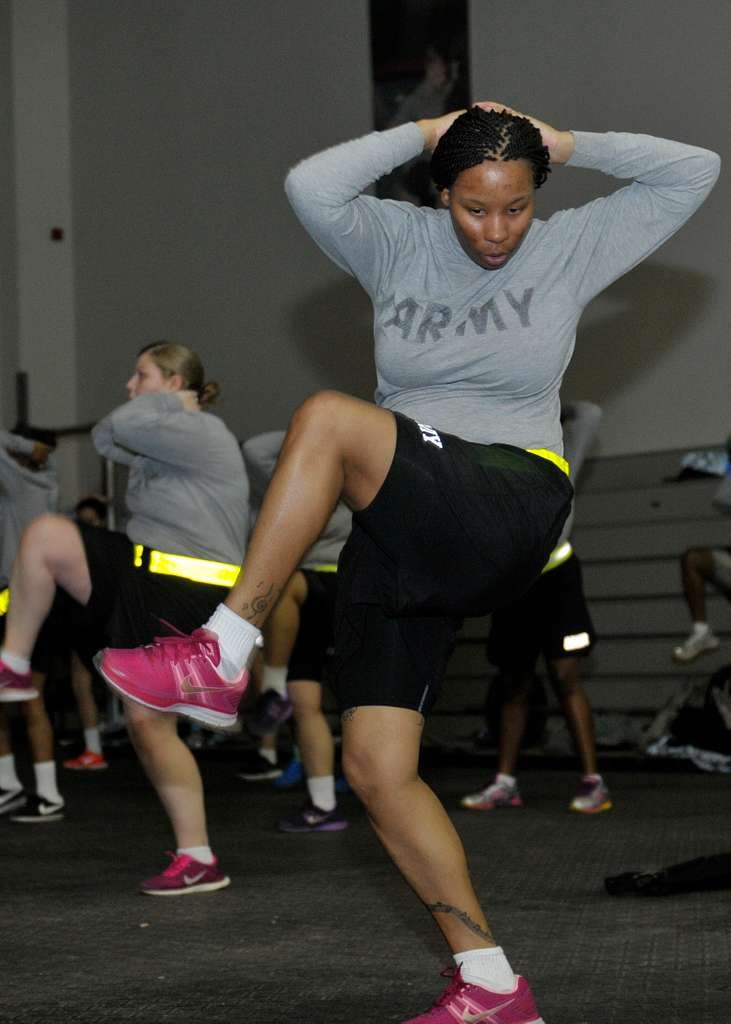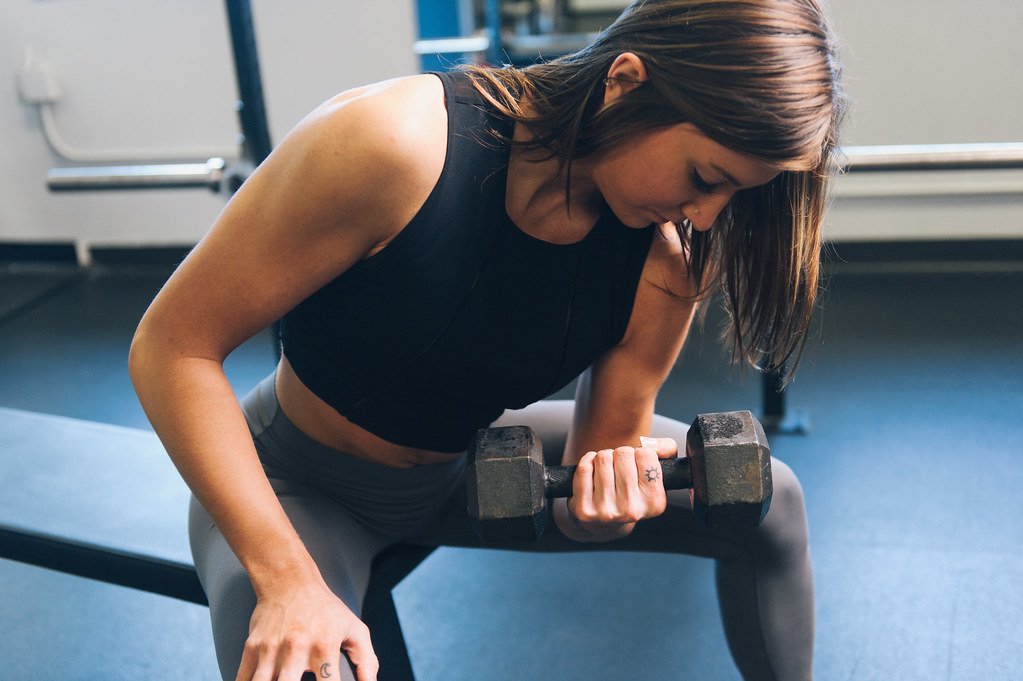With the joy of welcoming a new life into the world often comes a whirlwind of emotions and physical changes for new mothers. Postpartum hormones can wreak havoc on the body and mind, making it crucial to exercise safely while navigating this delicate phase. Whether you’re eager to shed that extra baby weight or simply looking to boost your energy levels, understanding how to exercise in harmony with your postpartum hormones is vital. In this article, we will guide you through practical tips and expert advice to help you embark on a safe and effective postpartum exercise journey. Strap on your sneakers and get ready to embrace a healthier and stronger you!
Table of Contents
- Choosing the Right Exercise Routine for Postpartum Hormones
- Understanding the Impact of Hormonal Changes on Postpartum Fitness
- Tips for Safe and Effective Exercise during the Postpartum Period
- Tailoring Your Workout to Support Hormonal Balance
- Recovering and Rebuilding Strength with Postpartum Hormones
- Q&A
- To Wrap It Up

Choosing the Right Exercise Routine for Postpartum Hormones
Creating a Balanced Exercise Routine for Postpartum Hormones
After giving birth, it’s important for new moms to prioritize their health and well-being. One way to do this is by incorporating an exercise routine that specifically caters to postpartum hormones. These hormones, such as estrogen and progesterone, can experience significant fluctuations during the postpartum period, impacting a woman’s physical and mental state.
Here are a few tips for choosing the right exercise routine that promotes hormonal balance:
- Start Slowly: It’s crucial to ease into any exercise routine, especially postpartum. Begin with low-impact activities like walking, swimming, or gentle yoga. Gradually increase the intensity as your body starts to adjust.
- Include Resistance Training: Strength training exercises using resistance bands or light weights can support hormonal balance by boosting metabolism and improving muscle tone. Focus on full-body exercises to engage multiple muscle groups.
- Don’t Forget Cardio: Cardiovascular exercises, such as cycling, dancing, or jogging, can help improve cardiovascular health and overall mood stability. Aim for at least 150 minutes of moderate-intensity aerobic activity per week.
- Engage in Mind-Body Activities: Practices like meditation, deep breathing, or gentle stretches can reduce stress levels and promote hormone regulation. Incorporating mindful activities into your routine can have a positive impact on both physical and mental well-being.
- Get Support: Joining postpartum exercise classes or finding a workout buddy can provide the necessary support and motivation during this phase. Sharing experiences with others can help alleviate any worries or concerns, ensuring a more encouraging environment for your fitness journey.
Remember, each woman’s postpartum journey is unique, so listen to your body’s cues, consult your healthcare provider, and gradually adjust your exercise routine as needed. By , you’ll not only regain strength and fitness but also foster a positive outlook and overall well-being.

Understanding the Impact of Hormonal Changes on Postpartum Fitness
Hormonal changes play a significant role in postpartum fitness and understanding their impact is crucial for new mothers. These changes affect various aspects of a woman’s body, both physically and mentally.
Physical Effects:
- Weight loss and gain: Hormonal fluctuations can lead to changes in body weight during the postpartum period. It is important to recognize that weight loss should be gradual and aim for a healthy range rather than focusing on the numbers on a scale.
- Energy levels: Hormonal changes can cause fatigue, which can make it challenging to maintain an exercise routine. It is essential to listen to your body and rest when needed, gradually increasing physical activity over time.
- Joint and ligament stability: Hormones like relaxin, which increase during pregnancy, can affect the stability of joints and ligaments. As a result, postpartum women should engage in exercises that promote strength and stability, while being mindful of any discomfort or pain.
Mental Effects:
- Mood fluctuations: Hormonal changes postpartum can impact mood, leading to increased vulnerability to mood swings or even postpartum depression. Engaging in regular physical activity can help alleviate stress, boost mood, and improve overall mental well-being.
- Body image concerns: Hormonal shifts often accompany changes in body shape and size after childbirth, which can impact how women perceive themselves. It is important to focus on self-acceptance, embracing the journey, and engaging in exercises that promote both physical and mental well-being.
- Self-care and stress management: Hormonal changes can make postpartum women more susceptible to stress. Prioritizing self-care, incorporating relaxation techniques, and participating in enjoyable forms of exercise can significantly aid in stress management.
allows new mothers to navigate this transformative period with awareness and compassion for themselves. By incorporating targeted exercises, listening to their bodies, and seeking support when needed, women can optimize their postpartum fitness journey.

Tips for Safe and Effective Exercise during the Postpartum Period
After giving birth, it’s important to take care of your body and ease back into exercise gradually. Here are some tips to ensure a safe and effective postpartum workout routine:
- Consult with your healthcare provider: Before starting any exercise program, it’s essential to consult with your healthcare provider. They can evaluate your individual situation and provide personalized guidance based on your recovery progress and any specific needs or concerns you may have.
- Focus on gentle exercises: During the early postpartum period, gentle exercises that target the core, pelvic floor, and overall body strength are recommended. Incorporate low-impact exercises like walking, swimming, or yoga into your routine to slowly rebuild your strength and endurance.
- Listen to your body: Pay attention to how you feel during and after exercising. If you experience pain, dizziness, excessive fatigue, or any unusual symptoms, stop immediately and rest. Pushing yourself too hard can delay your recovery and increase the risk of injury.
- Gradually increase intensity and duration: As your body heals and becomes stronger, you can gradually increase the intensity and duration of your workouts. Remember to progress slowly and give yourself enough time to recover between sessions.
- Consider postpartum-specific exercises: Look for exercises that specifically target the postpartum body, such as pelvic floor exercises, core-strengthening exercises, and diastasis recti rehabilitation exercises. These exercises can help address common issues that occur during and after pregnancy.
- Support your body with proper nutrition and hydration: Fueling your body with a balanced diet and staying hydrated is crucial for postpartum exercise. Make sure to eat nutrient-rich foods that aid in recovery, and drink plenty of water before, during, and after your workouts.
- Don’t forget about rest and self-care: Taking care of a newborn can be exhausting, so remember to prioritize rest and self-care. Incorporate relaxation techniques, such as stretching or gentle yoga, into your routine to help reduce stress and promote overall well-being.
Remember, every postpartum journey is unique, and it’s important to listen to your body’s signals. Be patient with yourself, and celebrate the progress you make along the way. With proper care and gradually increasing your exercise routine, you’ll be back to your pre-pregnancy strength in no time.

Tailoring Your Workout to Support Hormonal Balance
When it comes to achieving hormonal balance, your workout routine can play a crucial role. By tailoring your exercises to support your hormones, you can optimize your overall well-being and feel your best. Here are some key strategies to incorporate into your fitness regimen:
- Vary your workouts: Mixing up your exercises can help address different hormonal imbalances. For example, high-intensity interval training (HIIT) can boost growth hormone production, while yoga and meditation can reduce cortisol levels.
- Focus on strength training: Building lean muscle mass not only increases metabolism but also enhances hormone function. Include resistance exercises such as weightlifting or bodyweight exercises to support testosterone and estrogen balance.
- Don’t forget about cardiovascular exercise: Incorporate aerobic activities like running, cycling, or swimming into your routine to promote heart health and stimulate endorphin production.
Additionally, proper nutrition is essential in maintaining hormonal balance. Aim for a well-rounded diet with plenty of fruits, vegetables, lean proteins, and healthy fats. Avoid processed foods and sugar, as they can disrupt hormone levels. Remember, achieving hormonal balance is a journey, so be patient and listen to your body along the way.
Recovering and Rebuilding Strength with Postpartum Hormones
After giving birth, the journey of recovery and rebuilding strength can be challenging but incredibly rewarding. Understanding the role of postpartum hormones in this process is essential. These hormones play a crucial role in helping your body heal, adjust to the new demands of motherhood, and ultimately regain its natural balance.
1. Estrogen: This hormone is responsible for promoting tissue regeneration and repairing any damage that may have occurred during childbirth. Adequate levels of estrogen help strengthen the uterine muscles, reducing postpartum bleeding and shrinking the uterus back to its pre-pregnancy size.
2. Progesterone: Progesterone levels rise during pregnancy and drop rapidly after giving birth. This hormone helps stimulate milk production, enabling you to nourish your newborn. It also aids in the relaxation of muscles, allowing your body to adapt to the physical changes that occurred during pregnancy.
3. Prolactin: Prolactin is known as the “milk hormone” and is essential for initiating and maintaining lactation. It stimulates milk production, ensuring your baby receives the vital nutrients and immune-boosting properties contained in breast milk.
While these hormones are crucial for your body’s recovery, it is essential to remember that hormone levels can fluctuate during the postpartum period. This can lead to mood swings, fatigue, and even postpartum depression for some women. It’s important to seek support, maintain a healthy lifestyle, and consult healthcare professionals if you have concerns about your hormonal balance.
Q&A
Q: What types of exercises are safe to do with postpartum hormones?
A: Low-impact activities such as walking, swimming, and gentle yoga are great choices as they minimize stress on the body while providing benefits like increased circulation and a boost in mood.
Q: How soon after giving birth can I start exercising?
A: It’s important to consult with your healthcare provider, but generally, light activities such as gentle stretching can be started shortly after birth. However, high-intensity workouts should be postponed until your body has had ample time to recover.
Q: Are there any warning signs I should look out for while exercising postpartum?
A: Yes, watch out for symptoms like excessive bleeding, pain, dizziness, or shortness of breath. If any of these occur, it’s crucial to stop exercising immediately and notify your healthcare provider.
Q: How can I ensure I’m properly hydrating during postpartum exercise?
A: Hydration is key, especially when breastfeeding. Drink water throughout the day and before, during, and after exercise. Pay attention to your body’s signals and increase water intake if you feel thirsty or notice a decrease in milk supply.
Q: Can I do strength training postpartum?
A: Yes, strength training can be incorporated into your postpartum exercise routine. Start with light weights or resistance bands and gradually increase the intensity. Focus on exercises that target the core, back, and pelvic floor muscles to aid in recovery.
Q: How does exercising postpartum impact mental health?
A: Regular exercise can significantly improve mental health by reducing stress and anxiety, boosting mood, and increasing energy levels. Engaging in postpartum exercise helps release endorphins, promoting a positive mindset and overall well-being.
Q: Are there any specific exercises to avoid during postpartum?
A: Exercises that put excessive strain on the abdominal muscles, such as crunches, sit-ups, or intense core workouts, should be avoided during the early postpartum period. High-impact activities, like running or jumping, may also be best postponed until your body has fully healed.
Q: How often should I exercise after having a baby?
A: Begin with a realistic and manageable schedule, aiming for 20-30 minutes of exercise most days of the week. As your strength and stamina increase and your body adjusts to the new routine, gradually increase the duration and intensity of your workouts.
Q: Can I exercise even if I had a C-section delivery?
A: Absolutely! However, it’s essential to follow your doctor’s advice and allow proper healing time before starting a workout routine. Begin with light activities like gentle stretching or walking, and gradually progress to more intense exercises once you receive medical clearance.
To Wrap It Up
As we journey towards the end of this article, we hope that our exploration of how to exercise safely with postpartum hormones has illuminated a path of understanding and provided you with valuable insights. Remember, dear reader, that your body has undergone an extraordinary transformation, fully equipped with a reservoir of strength and resilience. By engaging in physical activity with care and consideration, you can harness the power of postpartum hormones to rebuild and restore yourself.
As you embark on this new phase of your wellness journey, we encourage you to approach it with patience and self-compassion. Celebrate every small triumph, for each step forward is a testament to your remarkable spirit. Remember, progress is not linear, and it is okay to have days where rest takes precedence. Honor your body, listen to its whispers, and give it the time it needs to heal and thrive.
As the love and joy of motherhood fill your heart, let your exercise routine be a source of rejuvenation and self-care. Seek out activities that bring you joy and nourish your soul. Whether it’s slow, mindful yoga sessions or invigorating walks in nature, find the movements that resonate with your individuality and bask in the beauty of each precious moment.
Surround yourself with a support system that understands your unique journey and empowers you to flourish. Share your experiences, concerns, and triumphs with fellow mothers, healthcare providers, or fitness professionals who can lend a guiding hand and a listening ear. Together, we can create a community that embraces the transformative power of postpartum exercise.
Finally, remember that you are so much more than just your postpartum hormones. Cherish the entirety of your being, both physical and emotional. Embrace the inevitable fluctuations, and allow yourself to bloom in the ever-evolving discovery of your new self. Have faith in your body’s incredible ability to adapt, heal, and continue to thrive.
So, as you take the final steps of this reading, may you enter the world of postpartum exercise with confidence, grace, and an unwavering commitment to your well-being. Trust in the wisdom of your body, and let it guide you towards a new chapter filled with strength, vitality, and radiant joy.
As an affiliate, my content may feature links to products I personally use and recommend. By taking action, like subscribing or making a purchase, you’ll be supporting my work and fueling my taco cravings at the same time. Win-win, right?
Want to read more? Check out our Affiliate Disclosure page.